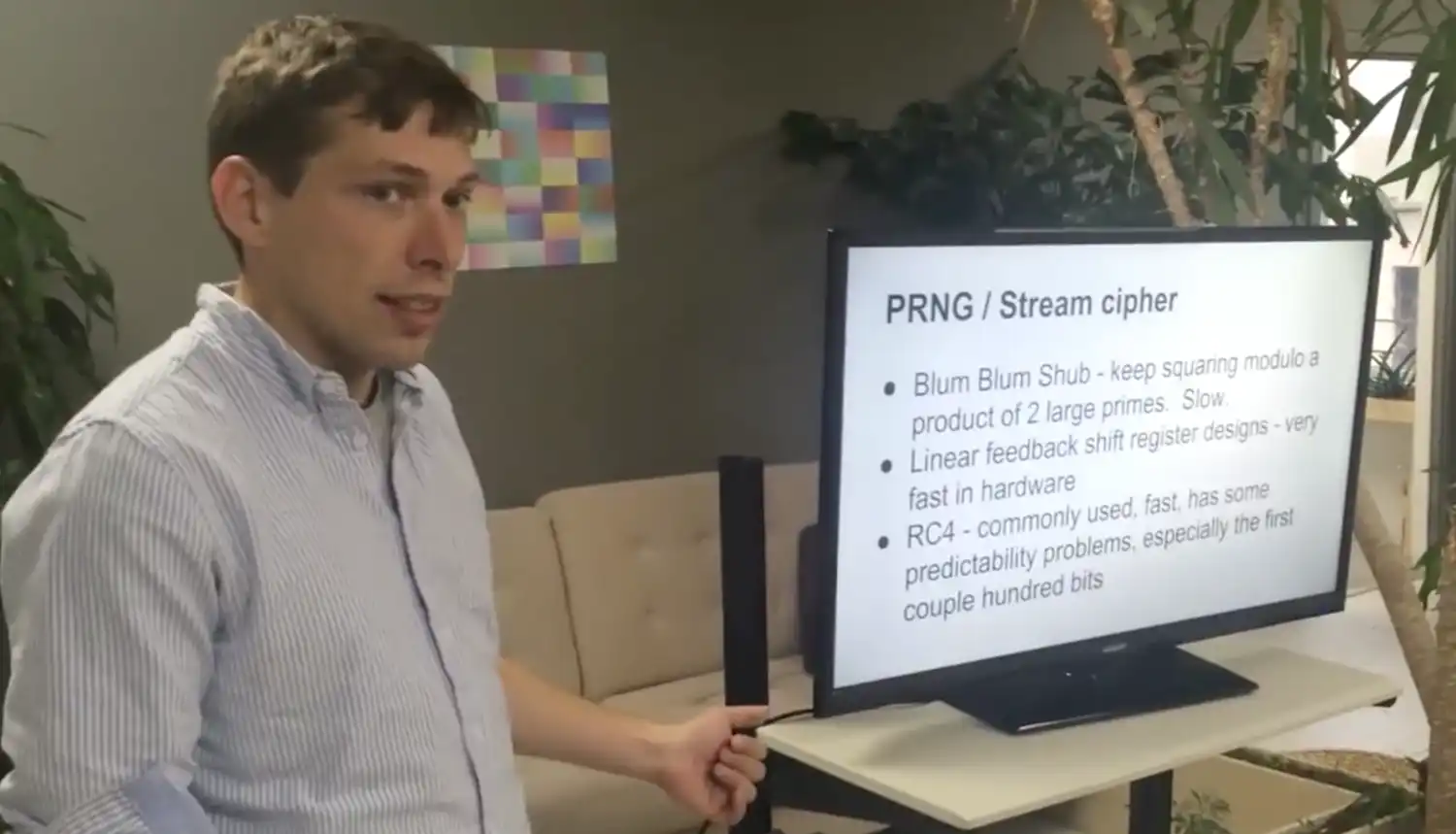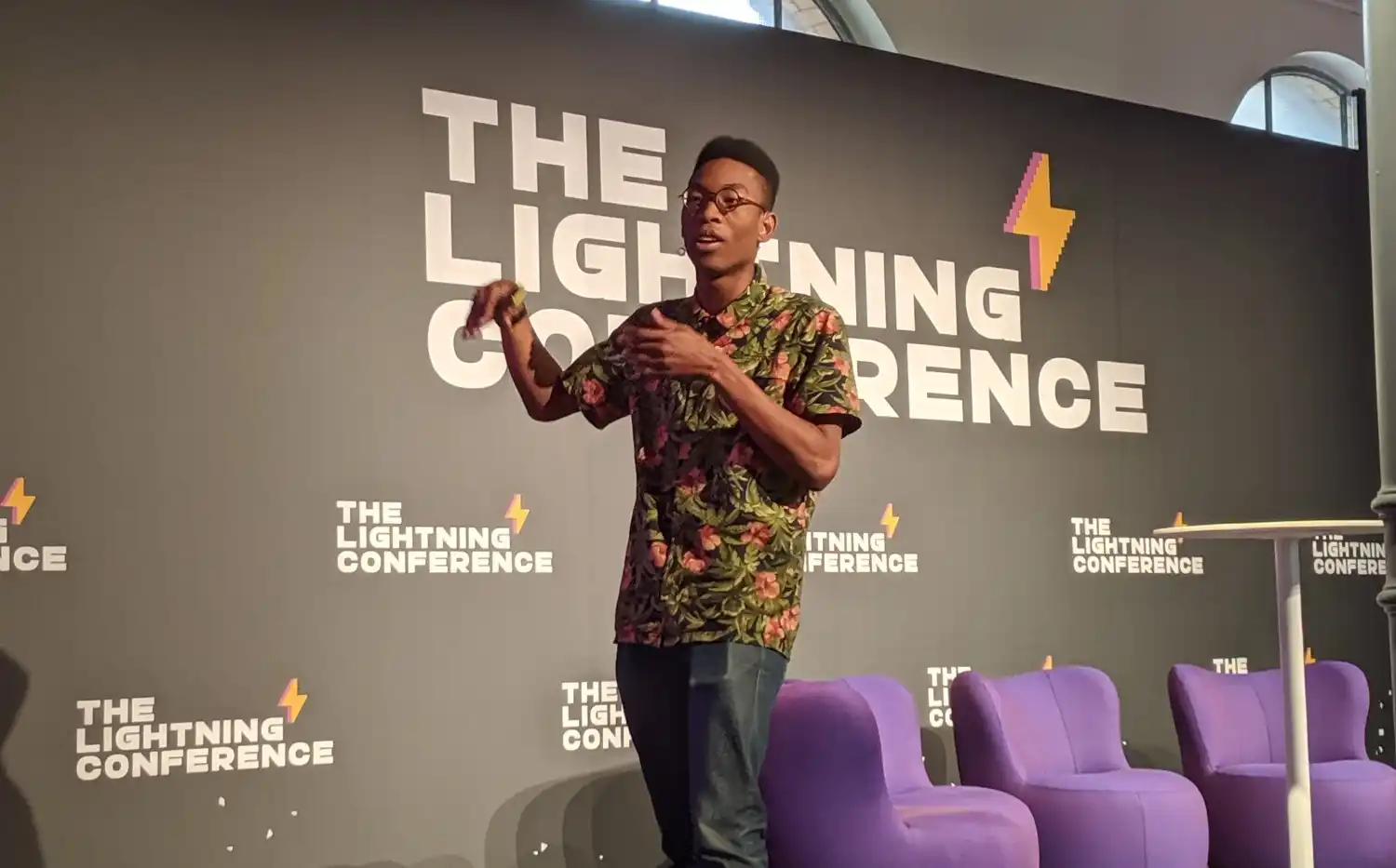Original Author: Jaleel 加六, BlockBeats
At the beginning of this year, when I was writing "13 lines of code to help Bitcoin implement smart contracts? Understand the OP_CAT soft fork," OP_CAT was still an unfamiliar term to many. If it weren't for the Bitcoin NFT project Taproot Wizards using meme culture to launch the Quantum Cat series NFT to promote OP_CAT, few people would probably know about this seemingly dry technical concept.
However, just half a year later, OP_CAT has become popular, even being seen as the next "Lightning Network." The recently popular Fractal Bitcoin, in fact, is the implementation of OP_CAT in Bitcoin's code, and the token FB has tripled in value within a few days of its launch. Therefore, in the Bitcoin ecosystem, several protocols based on OP_CAT were born in just one day, such as the CAT20 on the Fractal Network, which also emphasizes the concept of OP_CAT. During the days of its minting, the GAS on the Fractal Network surged to over 5000, and currently, the price of one CAT is around $5.5 off-exchange, with very few limit orders, and early minters have achieved increases ranging from 5 to 20 times. The Quantum Cat has also been able to maintain a price of 0.25 BTC, becoming a blue chip in the Bitcoin NFT market.
It seems that as long as it's related to OP_CAT, it can drive up the market.
Not only is it a "self-hype" in the community, but the discussion of OP_CAT among Bitcoin developers is also very active. I have looked through this year's Bitcoin Optech newsletter and Bitcoin developer meetings, and OP_CAT frequently appears in the discussions, becoming a regular topic.
Currently, the OP_CAT Bitcoin BIP draft jointly released by Bitcoin Core developers Ethan Heilman and Armin Sabouri has been officially named BIP347. Many heavyweights in the Bitcoin field, such as Tadge Dryja, the author of the Lightning Network white paper, Olaoluwa Osuntokun, CTO of Lightning Labs, and Andrew Poelstra, research director at Blockstream, have shown great support for OP_CAT.
Why do Lightning Network developers favor OP_CAT?
To understand this phenomenon, we need to start with the Lightning Network. In 2011, Satoshi Nakamoto mentioned the embryonic form of the Lightning Network in an email, as a key solution for Bitcoin's scalability and payment speed improvement. Since its inception, the Lightning Network has attracted a lot of attention from developers.
In the past two years, the concept of the "Bitcoin ecosystem" has been gaining momentum, and various Bitcoin scalability solutions such as sidechains and virtual machines have emerged one after another, attracting many investors. However, in the eyes of those seasoned Bitcoin developers, they are not up to standard and are difficult to gain widespread acceptance. After all, the Lightning Network is currently seen by the public as the best "payment channel" in Bitcoin, and it is one of the few "legitimate offspring" of Satoshi Nakamoto and the "legitimate son" of the Bitcoin community in terms of spirit. Related reading: "Seven years of grinding a sword, the origin and challenges of the legitimacy of the Lightning Network."
However, in the past year, there has been a sudden change. Several developers have announced their withdrawal from work related to the Lightning Network, and voices of denial about the Lightning Network have been heard one after another, especially from some senior developers. Fiatjaf, the founder of Nostr, bluntly stated: "The Lightning Network has been deceiving Bitcoin users for 6 years, taking up their time, energy, and money."

In this context, some developers are looking for the next "Lightning Network." OP_CAT is considered by many Bitcoin developers to be the next major breakthrough for Bitcoin after the Lightning Network. Due to the strong technical nature of OP_CAT, before discussing what OP_CAT is and what it can do, let us first get to know those Bitcoin developers who favor OP_CAT.
Bitcoin developers who support OP_CAT
Author of the Lightning Network white paper
Tadge Dryja is one of the authors of the Lightning Network white paper. In 2015, Tadge Dryja, along with another author of the Lightning Network white paper, Joseph Poon, under the leadership of Elizabeth Stark, founded Lightning Labs. Standing alongside another Bitcoin Lightning Network company, Blockstream, the biggest difference between the two is that Lightning Labs uses the Go programming language, while Blockstream uses the C programming language.
However, at the end of 2016, Tadge Dryja had disagreements and disputes with the Lightning Labs team, so he chose to leave Lightning Labs just a year after its establishment and joined the Digital Currency Initiative (DCI) at MIT, continuing his research on the Lightning Network. At MIT DCI, he participated in multiple research projects, mainly focusing on the scalability and interoperability of cryptocurrencies and smart contracts. This includes the development of the Utreexo project, a new Bitcoin scalability technology aimed at making Bitcoin nodes smaller and faster. In 2022, Tadge Dryja joined Lightspark as a senior research scientist. At Lightspark, he continues to address the scalability issues of Bitcoin and blockchain, leveraging his expertise as a co-inventor of the Lightning Network.
Due to his profound expertise in Bitcoin smart contracts and scalability technology, Tadge Dryja recognized the potential of OP_CAT early on and has been supporting the testing of OP_CAT on the Bitcoin test network, encouraging developers to try to "break" OP_CAT to discover its potential issues.

Lightning Labs CTO
Olaoluwa Osuntokun (Roasbeef) is another co-founder and CTO of Lightning Labs, and an outstanding Bitcoin developer who has made significant contributions to the development of the Lightning Network. It can be said that the early team of Lightning Labs is no less competitive than Blockstream.

When it comes to Olaoluwa Osuntokun, it is impossible not to mention the "gentlemen's dispute" between him and Tadge Dryja. Interestingly, a major reason for Tadge Dryja's departure from Lightning Labs was Olaoluwa. When Tadge Dryja was at Lightning Labs, the first version of the protocol he developed was called LIT, which was not compatible with BOLT developed by Blockstream. However, Olaoluwa's development was compatible and gradually gained more recognition and favor from developers, ultimately leading to Dryja's departure to some extent.
However, history is always full of drama. Today, these two "arch-enemies" from Lightning Labs are currently jointly supporting OP_CAT.
Blockstream Research Director
There seems to be a rumor in the community that Blockstream is the "man behind the scenes" of Bitcoin. This rumor is not unfounded. In 2014, the "father of PoW" Adam Back gathered well-known early Bitcoin developers such as Matt Corallo, Greg Maxwell, and Pieter Wuille to establish Blockstream. The company has clearly taken a stand and promoted the Lightning Network in the subsequent Bitcoin scalability war, leading to the Lightning Network's current status.
Currently, in the discussion about OP_CAT, Blockstream's research director Andrew Poelstra is an indispensable figure. Andrew Poelstra is the research director at Blockstream and a senior Bitcoin cryptographic script developer with significant influence in the industry. As early as January 30, 2021, he wrote an article titled "CAT and Schnorr Tricks I" discussing OP_CAT, pointing out that combining OP_CAT with CHECKSIGFROMSTACK can provide a clever method for transaction introspection.
Although Blockstream has not created a separate blockchain for OP_CAT, they have provided support for OP_CAT testing through Bitcoin Inquisition, a test network for evaluating new Bitcoin features. This is like creating a secure "training ground" for OP_CAT, allowing researchers to carefully observe its performance under real-world conditions.
Andrew Poelstra also compared and discussed OP_CAT with other solutions such as OP_CTV, pointing out that OP_CAT provides broader flexibility, while OP_CTV focuses more narrowly on non-recursive smart contracts.
Authors of BIP 347 Proposal
In the promotion of OP_CAT, Bitcoin developers Ethan Heilman and Armin Sabouri have made significant contributions. They jointly wrote and promoted the OP_CAT proposal, which has been officially designated as BIP 347. This proposal aims to redefine the OP_SUCCESS126 opcode through a soft fork to re-enable OP_CAT.
Armin Sabouri has previously focused on improving Bitcoin scripts and consensus layers. He believes that while OP_CAT is not the ultimate solution, it provides the possibility for various new features and is an important step in improving Bitcoin scripts.
Ethan Heilman also influenced Andrew Poelstra's thinking. It was their private exchange in the fall of 2019 that changed Andrew Poelstra's initial lack of support for so-called Bitcoin smart contract functionality. Ethan Heilman pointed out that although people have concerns about so-called Bitcoin smart contract functionality, in reality, these supposedly harmful smart contracts can already be implemented through CHECKMULTISIG. To prove this point, Ethan Heilman initiated a challenge on social media, encouraging people to propose feasible "dark" smart contracts, but so far, no one has succeeded.
StarkWare
StarkWare is a company focused on developing blockchain scalability technology, particularly adept at using zero-knowledge proofs (ZKPs) to enhance the privacy and efficiency of transactions. The company is dedicated to outsourcing complex computations from the main chain (such as Ethereum) to secondary networks without sacrificing security and decentralization. In this way, StarkWare addresses blockchain scalability issues while maintaining transaction transparency and verifiability.
StarkWare's promotion of OP_CAT stems from its interest in Bitcoin network scalability and smart contract functionality. OP_CAT is a Bitcoin opcode that allows for the execution of more complex transactions and contracts on the Bitcoin network through the concatenation of data. By enabling OP_CAT, StarkWare aims to achieve Ethereum-like smart contract capabilities on Bitcoin, expanding the use cases of Bitcoin and enhancing its functionality.
In July 2022, StarkWare launched a $1 million research fund specifically for studying the pros and cons of enabling OP_CAT on Bitcoin. This fund aims to support researchers and developers with innovative ideas on how to safely and effectively implement OP_CAT on Bitcoin.
Additionally, StarkWare has demonstrated the potential of using OP_CAT to implement zero-knowledge proofs in Bitcoin's testing environment, especially on Signet. These efforts demonstrate how using OP_CAT can enable more complex operations on the Bitcoin network, such as the application of zero-knowledge proofs, which are crucial parts of smart contract functionality. Recently, StarkWare has also partnered with sCrypt to explore the design of a PoC (proof of concept) bridge based on OP_CAT and ZK magic, indicating that StarkWare may introduce an OP_CAT-related protocol in the near future.
Others
Several other developers are not as well-known, so we will discuss them together.
Salvatore Ingala has been deeply researching Bitcoin payment pools and smart contracts. He proposed using OP_CAT to optimize the payment pool exit process, believing that this could significantly reduce on-chain data and operational costs. Ingala sees OP_CAT as a potential plugin for other Bitcoin scaling strategies, such as Arc and Coinpools, and even for future Bitcoin optimistic rollups, to improve efficiency and security.
Anthony Towns is one of the main developers of Bitcoin Inquisition, a tool similar to a test network but more flexible, used to test Bitcoin protocol changes that have not yet been widely accepted. Towns has been promoting the activation of OP_CAT on the Inquisition platform, providing a secure "experimental field" for OP_CAT. While Towns recognizes the importance of OP_CAT in testing new features and exploring Bitcoin script capabilities, he remains cautious about adding too much programmability to Bitcoin, fearing that this may increase the risk of Bitcoin being scrutinized or controlled.
Robin Linus is the creator of BitVM, and he believes that the reintroduction of OP_CAT provides a powerful tool for Bitcoin, especially to support projects like BitVM, which make it easier and more efficient to verify arbitrary computations on Bitcoin. With the implementation of OP_CAT, the Bitcoin ecosystem can create more versatile and expressive smart contracts, promoting a more functional and practical blockchain environment. Related reading: "How do senior developers view BitVM for computing anything on Bitcoin?"
Why is the development of the Lightning Network so concerned?
Why are developers of the Lightning Network so interested in OP_CAT? What is the mystery behind this? To understand this, we need to first understand the essence of OP_CAT.
What is OP_CAT?
OP_CAT is an opcode in the Bitcoin script used to concatenate two data segments on the stack into a larger element. Although its function seems simple, it can provide the Bitcoin network with more smart contract capabilities, allowing developers to create and process more complex data and transaction logic.
OP_CAT is not a completely new opcode; it existed in early versions of Bitcoin but was disabled in later versions due to concerns about security and complexity. However, as Bitcoin continues to evolve, more and more developers believe that it is time to re-enable OP_CAT.
But why would such a seemingly simple operation spark such a large discussion among Bitcoin developers? One key reason is that it can significantly enhance the smart contract capabilities of the Bitcoin network, allowing developers to implement functions that are currently complex or even impossible to achieve in Bitcoin scripts.
Potential Applications of OP_CAT in Payments
OP_CAT has shown tremendous potential in payment systems, especially in off-chain protocols and payment channel networks. Its re-enablement will greatly improve the operational efficiency of these systems and reduce the burden of on-chain transactions. The main functions after the implementation of OP_CAT include:
Multisig Optimization: In multisig scenarios, OP_CAT can help users merge multiple signatures into a single data block, reducing the number of signatures that need to be submitted. This not only saves on-chain space but also reduces transaction fees. Multisig is crucial for payment security and shared account management in Bitcoin, especially in applications like the Lightning Network, where OP_CAT can make this process more efficient.
State Contracts: OP_CAT can also be used for state contracts, a form of smart contract that maintains state across multiple transactions. Through OP_CAT, developers can concatenate state information from different transactions to achieve more complex contract logic on Bitcoin. For example, complex payment protocols or distributed applications (such as lotteries, gambling, or other complex financial products) that require maintaining a certain state across multiple on-chain transactions can be implemented using OP_CAT.
Scalability of Payment Channel Networks: Another important application scenario for OP_CAT is in payment channel networks similar to the Lightning Network. In payment channel networks, users typically conduct a large number of micropayments off-chain, with only the final settlement being recorded on-chain. The concatenation function of OP_CAT can effectively manage and verify intermediate transactions in payment channels. By concatenating different payment requests, users can perform more complex payment operations without increasing the burden on the chain. This can significantly improve the throughput and efficiency of payment channels.
With the advancement of the BIP347 proposal and the participation of more developers and researchers in the exploration of OP_CAT, we have reason to believe that this previously shelved opcode will bring new vitality to the Bitcoin network. Just as the Lightning Network went from concept to mainstream, the re-enablement of OP_CAT could also become the next key milestone for Bitcoin scalability and payment innovation.
免责声明:本文章仅代表作者个人观点,不代表本平台的立场和观点。本文章仅供信息分享,不构成对任何人的任何投资建议。用户与作者之间的任何争议,与本平台无关。如网页中刊载的文章或图片涉及侵权,请提供相关的权利证明和身份证明发送邮件到support@aicoin.com,本平台相关工作人员将会进行核查。




